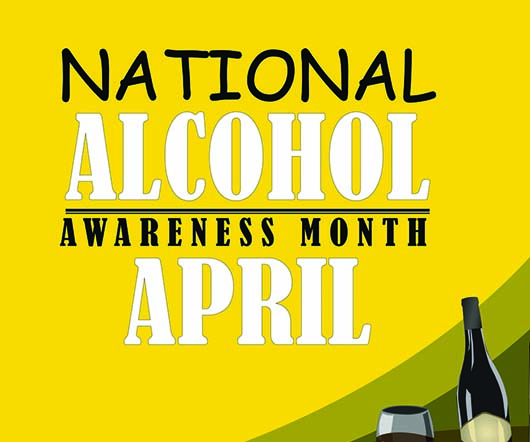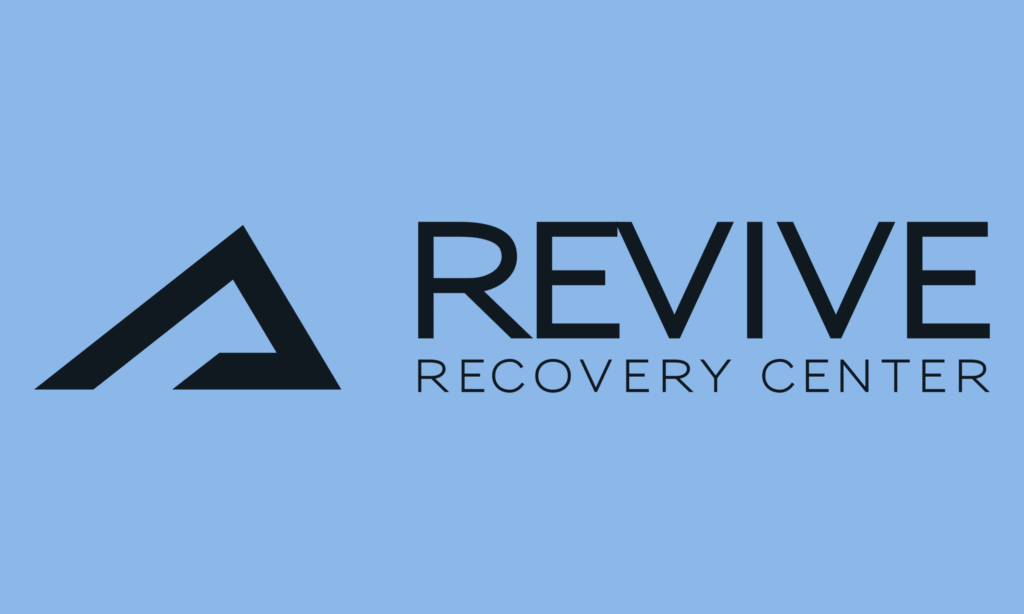By Rosemary Ellsworth Brown, PhD, with Laura MacKay
Editor’s note: Much of this article is excerpted from Addiction Is the Symptom: Heal the Cause and Prevent Relapse with 12 Steps That Really Work (www.addiction-is-the-symptom.com).
Do you want to keep from relapsing? Are you in relapse and don’t even recognize it? To really understand relapse — and to heal ourselves — we first have to step back and ask anew, what is addiction, and what causes it?
Over the course of a lifetime, I’ve experienced addiction personally, researched it academically, and, as a psychologist, treated it professionally. And I’ve come to define it more broadly than most: an addiction is any person, substance, or situation over which we have lost choice or believe we cannot live without — as evidenced by our continuing to consume or do or just want it despite the consequences for our health, mental state, family, and freedom.

Alcohol and other drugs, food, gambling, shopping, sex, relationships, money . . . We can develop an unhealthy emotional and often physical dependency on any one of these and many more. And when we put down one, we very often pick up another. At any substance recovery meeting (and in the course of forty years, I’ve probably been to upwards of two thousand), you will find plenty of coffee, cigarettes, and sugar.
Years ago, while focused on relapse and twelve-step treatment as part of pursuing my PhD, I came to recognize the substitution of a different addiction, including a nonchemical for a chemical one, as a form of relapse. The substitution may be less—or more—immediately life threatening, but logically, any substitution indicates that the underlying problem has not been addressed.
This interchangeability also suggests the fundamental sameness of addictive behaviors. In other words, the behaviors are the shape-shifting symptoms of a single underlying problem. Yet most treatment still focuses on the symptoms, one at a time. Consider the proliferation of Twelve Step groups, a different one for every symptom, and treatment centers with their niches.
And what is the underlying problem? I believe it is emotional dependency. All our relationships are emotion-based, not just those we have with people. And so it is emotional dependency, not alcoholism or codependency or overeating, that I have been treating with good results for three decades, both as a sponsor and in private practice. My tool is the spiritual process that is the Twelve Steps—but modified to target cause instead of symptom.
The Roots of Addiction
Before I describe emotional dependency itself, let me explain where it comes from. Emotional dependency is deeply conditioned during childhood. Now, don’t think I’m blaming your mother; the parenting system is much bigger than any parent. It’s a trap in which we are all caught. One that crosses time and culture. The objective of this conditioning is control—the original addiction. And what better way to control children, to ensure their obedience, than to teach dependency?
Dependency is readily achieved through rewards and punishments, and the fear they inspire. We never learn how to meet our own needs, only how to use others to get them met. Long before we ever take a drink or shoot up or start eating entire cartons of ice cream in one sitting, we become users.
And to one degree or another, this is the model for all our relationships—with substances, with other people, even with ourselves. You don’t have to have what most people would characterize as an addiction to find your life compromised by emotional dependency. It casts a long shadow.
So back to emotional dependency itself. What happens when you are emotionally dependent in this way? What does emotional dependency look like?
Emotional Dependency: The User Mentality
First, to be emotionally dependent is to be afraid. What else can you be when, deep down, you believe that you can’t help yourself but must instead rely on others for your survival? It is an encompassing fear that you will lose what you think you have or not get what you need or want. It can manifest as a general anxiety, or as quite specific fears. What will I do if I lose this job? What if she won’t marry me? What if he leaves me? What if I get sick? What if I get fat? What if I can never lose this weight? What if I don’t succeed? What if . . . ?
Relapse begins here. This fear, in turn, triggers conscious or unconscious attempts to control and manipulate—others, yourself, substances—the goal being to fill the need. How can I fix it? What can I say? What can I do to make him love me? What can I do to get my way?
The subsequent behaviors are endlessly inventive. They may involve rewards or punishments, or they may be less directly manipulative. They can be as extreme as stalking a girlfriend, starving yourself, or getting sick to elicit sympathy, or as subtle as telling a white lie or speaking very softly (a way to manipulate people into giving you their attention, as is yelling). Yes, all these attempts to control and manipulate others are symptoms of emotional dependency, i.e. addiction.
But the strategy of control and manipulation can only fail. Ultimately, we are all powerless over everything outside ourselves, are we not? We can’t control what other people do or feel, we can’t control events. And so the fear, control, and manipulation (aka addictive behaviors) perpetuate themselves and progressively worsen. We don’t get what we want, we still aren’t happy, so we become yet more fearful and desperate, more controlling and manipulative.
When you continually look outside yourself to meet your needs, you may become dependent on a specific “other,” be it a person, situation, or thing. On the deep level at which the conditioning of emotional dependency took place, you believe that you need . . . insert your addiction here . . . to survive. So when the object of your dependency is withdrawn or is threatened to be, fear, control, and manipulation become even more intense, in proportion to the intensity of the dependency. Anxiety turns to dread; dread turns to panic; pleas escalate to threats and finally to violence. Drinking a little becomes drinking a lot becomes drinking yourself into the gutter or into an early grave.
All of this is reenactment of the parent-child dynamic, but it can simultaneously be simple pain relief.
When our control efforts fail, as they must, we feel not only fear but also pain. Some of us will reach for a drink or other drug, legal or illegal. Others for a slice of cake (or the whole thing), a sexual encounter, a roll of the dice, more time at work, a new outfit, a new relationship, more exercise, more therapy, more twelve-step meetings, more, more, more . . . And so the behavior both perpetuates and temporarily alleviates, or at least distracts us from, our pain. A vicious circle within the vicious circle. Talk about a trap.
Dismantling the Trap: Step One
Through my many years of research, sponsoring people as a member of AA, and working as a psychologist in private practice, I developed a precise and truly comprehensive modification of the steps—I call it the Brown Method—that shifts the primary focus from symptom to cause, starting with the foundational Step One:
We admitted we were powerless over life—people, situations, circumstances, substances—and that our lives and our minds were unmanageable when we tried to control any part of it.
So revised, this step requires much more of us, and it gives much more as well.
To think you can control that which is outside yourself is the very definition of insanity. The first step out of the vicious circle is to recognize your powerlessness over all of life, not just over your drug of choice.
In this respect, the original Twelve Steps set you up for failure. From the outset, you are focusing on the symptom—“powerless over X”—not the underlying control issues. Therefore you are likely doomed to drift from one twelve-step program to another as you engage in symptom substitution, or to give up in frustration because progress is so slow. As long as you are in a losing power struggle with everything and everyone around you, and as long as you are blaming anyone else for your misery, healing is impossible.
It’s true that it is difficult to accept our fundamental powerlessness. (Steps Six and Seven speak to this, as does the mantra “Let go and let God.”) Consequently, acceptance is a lifelong daily spiritual practice. Indeed, Step One, understood in the broad way I’ve described, marked the beginning of my own spiritual life and continues to be its foundation; after all these years, I still have control issues. However, you can come very far, very fast. I’ve seen so many clients do it. And the rewards are tremendous.
Once you recognize your powerlessness over other people and things, you have taken the first step toward personal power, toward self-control, toward restoring choice, toward healthy independence. In other words, Step One, practiced in this way, is the beginning of the end of emotional dependency, and thereby of addiction.
Step Four: An Inventory of All Relationships
The place where the real work of the Brown Method gets done, though, is Step Four, “a searching and fearless moral inventory of ourselves.” Along with the associated fifth step, it is the focus of my step method. As I’ve modified it, it’s a precise and qualitatively different inventory of all relationships that directly addresses emotional dependency. It is the key to healing.
One thing that makes the original Step Four a stumbling block for many people is the practice of doing it by personal interpretation, i.e., by trial and error. The very control issues that drive addictive behavior are responsible for the prevailing understanding in the program that no one can or should tell you how to do this step, or any other for that matter. Consequently, everyone muddles through, often going from one person to the next in search of suggestions. While you might luck out and find relief from your primary symptom, you won’t heal its cause.
And so I devised what I call the Fourth Step Algorithm: a set of precise instructions (outlined in full detail in my book) that empowers you to work the step with a facilitator—a professional therapist or counselor. Very little is left to chance. No more trial and error.
But the algorithm does more than give structure to Step Four. The traditional approach to the step tends to focus on the wrongs you’ve done. Is it any wonder that many people relapse in the midst of this step, or never work up the courage to attempt it? The Fourth Step Algorithm turns this old approach on its head by exploring every relationship in which you have been emotionally hurt—including your relationship with yourself. Thus I’ve changed the step from “made a searching and fearless moral inventory of ourselves” to “made a searching and fearless moral inventory of all relationships.” Let me repeat, it’s not about how you may have hurt others, but about the lifetime of hurts you yourself have suffered.
Through a literal inventory—a handwritten list—of all your relationships, you gain a comprehensive view of your emotional history. This may sound daunting, but again, the algorithm gives precise instructions, and all you’re really doing is spending twenty to thirty minutes a day making a list. Memory by memory, line by written line, you begin to see how you were conditioned into fear and how (once you were old enough to make choices for yourself) you designed ways to control and manipulate people, substances, and situations to meet your needs. You begin to see how all of this shaped and continues to shape your relationships. That is, you will become acutely aware of a lifetime of emotional trauma and addictive behavior—fear, control, and manipulation..
Simultaneously, the process begins to expose the part you’ve played in creating the majority of these hurtful experiences. With this awareness comes the ability—the power—to let go of the past, accept full responsibility for your actions, choose different behaviors, and create a very different life.
The Foundation for Healing
I won’t tell you the Brown Method is easy, but it is simple. Not to mention, in my considerable experience with sponsees and clients, far more effective than the traditional steps.
Why does this process work? That question is best answered by doing it, but the short answer is this: because it is the beginning of self-parenting, and therefore of healthy self-reliance, also known as freedom. Through these modified steps, particularly the Fourth Step Algorithm, you become acutely aware of the unconscious conditioning that’s been driving your addictive behaviors. Your learned dependency becomes the independence that is your birthright as you learn instead to turn to a higher power within for what you need. Most of all, you begin a lifelong journey of spiritual self-discovery that is the foundation of healing. That is, you can leave relapse and mere symptom management behind.
What I’m telling you is that you have the power to heal yourself of addiction. I should say that if you’re addicted to chemicals, this doesn’t mean it will magically become safe for you to use; it means you’ll be able to stay stopped and feel good doing it. Whatever your addiction, or to whatever extent emotional dependency is running your life, you will regain choice. You will no longer have an addiction, in the broadest, deepest sense of the word. I myself am testament to this, along with my clients, several of whom you can meet via their testimonials in my book and in the video at my website.
Yes, I know . . . this directly contradicts everything many of us have been told about addiction, to alcohol in particular (“You don’t graduate from the program”). Consequently, my work has not always been well received by people who are addicted or my peers in the treatment business. But the label “chronic” or “incurable” does not mean that something can’t be healed, only that no one has figured out how to do it. It’s taken me a lifetime, but I have figured out how to do it. My book is meant to empower you to do it too.
Let me leave you with this thought: You are not your addictive behavior. If you do the work of the Brown Method, you will come to see this more clearly. There is nothing wrong with you. What’s wrong is all the garbage—the conditioning—piled on top of you. Take that thought to the mirror each morning, and try, for even a moment, to see who you really are. Not “an addict,” “an alcoholic,” “a binge eater,” “a sexaholic,” or whatever false identity you’ve been saddled with. No. A person. And a beautiful one at that.
About the Author
Dr. Rosemary Ellsworth Brown is a psychologist. She graduated from Smith College as an Ada Comstock Scholar in 1989 and completed her doctorate in counseling psychology at the Union Institute in 1993. Her academic research focused on relapse, in particular on why AA and its myriad Twelve Step offshoots proved ineffective for the majority of their members.
Dr. Brown’s research has been not only academic and professional in nature, but also personal. She attended her first AA meeting in 1968, stayed sober for a year, and then experienced a tragic two-year relapse. She returned to the program determined to understand and solve the problem of relapse and devoted the rest of her professional life, and much of her personal life, to doing so.
Ultimately, she identified the primary cause of all addictive behaviors and modified the Twelve Steps to address it, eliminating their traditional symptom focus and trial-and-error aspect. She has been using her step method to heal the cause of addictive behavior and prevent relapse among her clients and sponsees for upwards of thirty years.




























